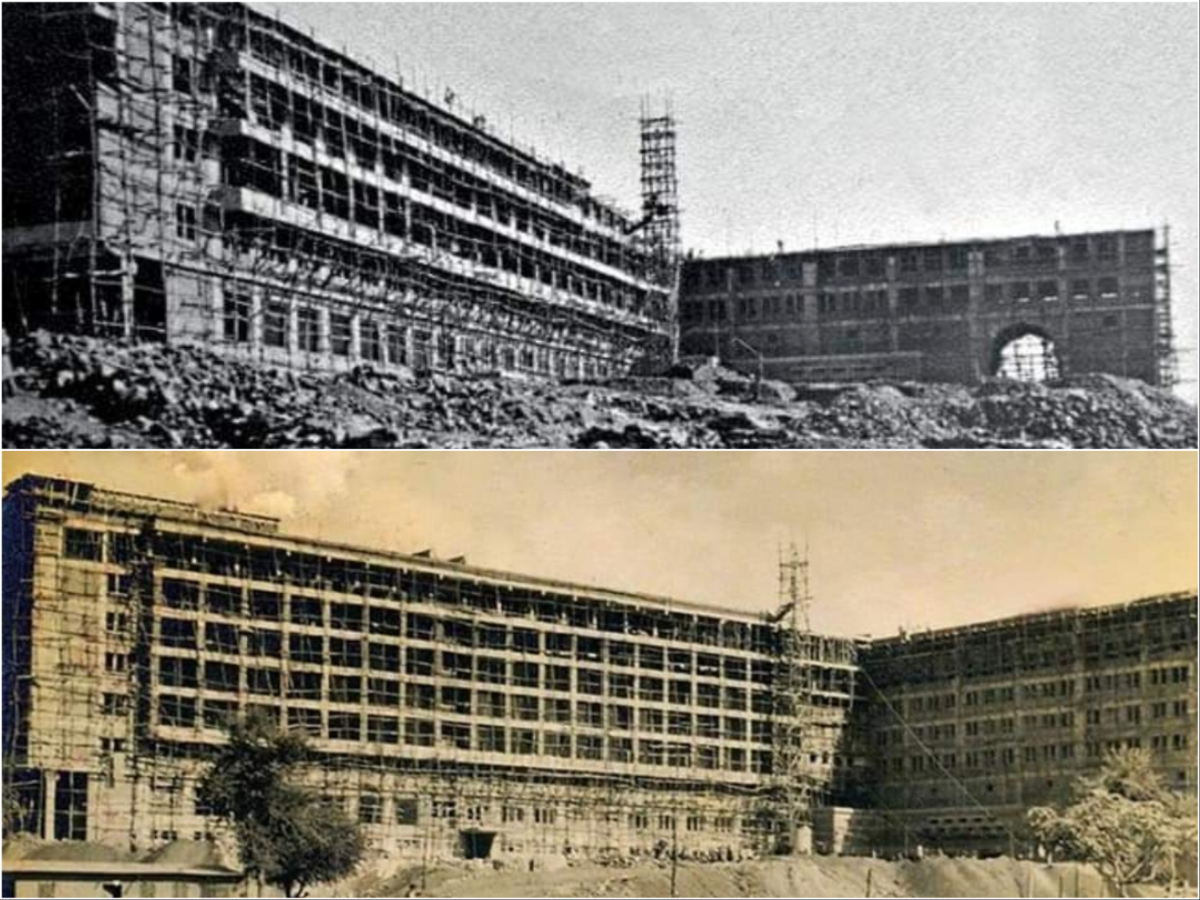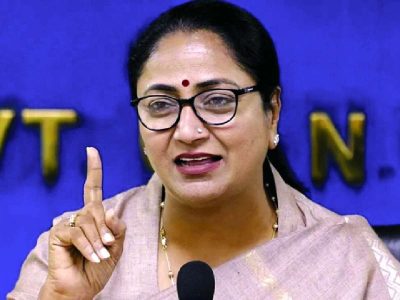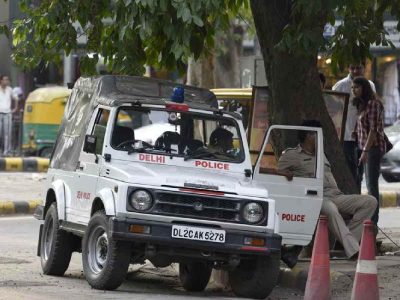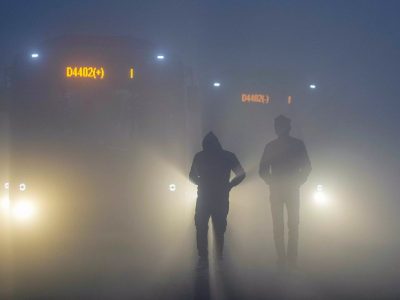As they say ‘change is the sign of progress’, the two iconic buildings of the capital — Vigyan Bhawan and Ashok Hotel would give way to other venues during the forthcoming G20 Summit that would be held in the national capital on September 9-10, 2023.
Remember, these two iconic buildings have also hosted big-ticket international summits like Commonwealth Heads of Government Meeting (CHOGM) and 7th Summit of the Non-Aligned Movement (NAM) in 1983.
Since 1956, when both Vigyan Bhawan and Ashok Hotel came up within one year, almost all international conferences were taking place at Vigyan Bhawan and the head of the states used to stay at gigantic the Ashok Hotel (The Ashok since 2006).
That order would break as neither of them would have any role in the summit that would see the likes of Joe Biden (US), Vladimir Putin (Russia), Rishi Sunak (UK), Justin Trudeau (Canada), Xi Jinping (China) and others attending the summit. Further, the host country also invites friendly countries to the summit. India will most likely invite Bangladesh and Nigeria as observer nations.
Meanwhile, the redeveloped Pragati Maidan complex, the main venue for the G20 summit is likely to be ready by the end of May. Work on the project began in 2017. The Convention Centre, spread over five floors, will have the capacity to host 11,450 visitors. A dedicated floor for the G20 leaders is being readied, complete with a lounge and auditoriums.
India took over the G20 presidency from Indonesia on December 1, 2022, and decided on the theme “one earth, one family, one future” for the year. Meetings at various levels of government spread across sectors are being held throughout the year in different cities.
Returning to Vigyan Bhawan and Ashok Hotel, both have been hosting mega events and world leaders since their inception. There is an interesting story related to the making of both almost simultaneously.
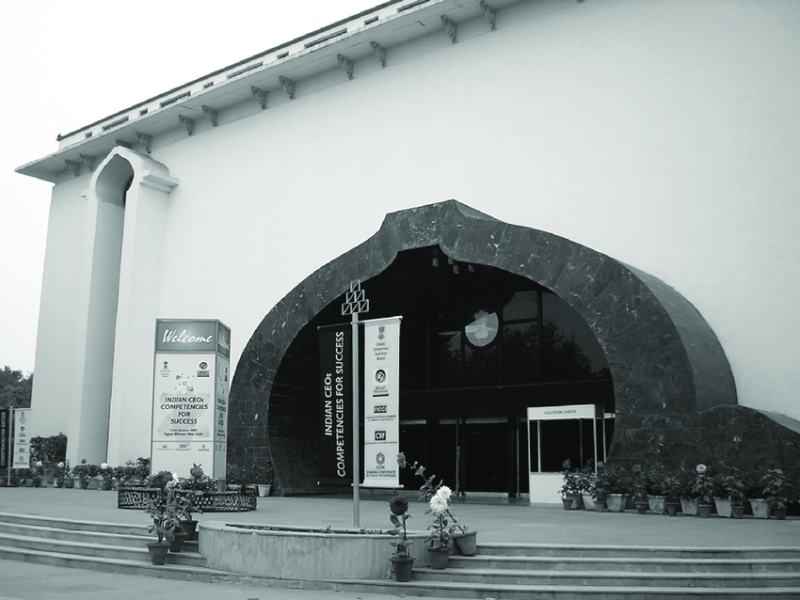
Madan Thapliyal, ex- Director of New Delhi Municipal Council (NDMC), said that the then Prime Minister Pt Jawahar Lal Nehru was attending the UNESCO summit in Paris in 1955. There he requested the governing body of the summit to let India host the next meet in New Delhi in 1956. That offer was accepted there and then without any opposition. When Pt Nehru returned from Paris, his advisors told him that New Delhi has no big hall to host such an important conference and hardly any hotel to accommodate the several heads of the states.
Stunned, Pt Nehru asked his staff to identify vacant spaces for the construction of new convention hall and hotel without any delay in New Delhi area. Further, two eminent architects should also be identified so that they can start designing the hotel and hall. Then Prof. E.B. Doctor of JJ College, Mumbai, and R.A. Gehlote were finalised to design Ashok Hotel and the Vigyan Bhawan respectively.
Gehlote, a noted designer, was working for the CPWD. He incorporated elements of British Raj architecture and Hindu, Buddhist and Mughal architecture in designing of Vigyan Bhawan. Vigyan Bhawan was built at the place where Maulana Azad used to live as an Education Minister of India. After his demise, that 4, Edward Road (now Maulana Azad Road) bungalow was demolished in order to make Vigyan Bhawan.
It goes without saying that both Vigyan Bhawan and Ashok Hotel were arguably the first two major buildings that came up in the Capital after independence of the country.
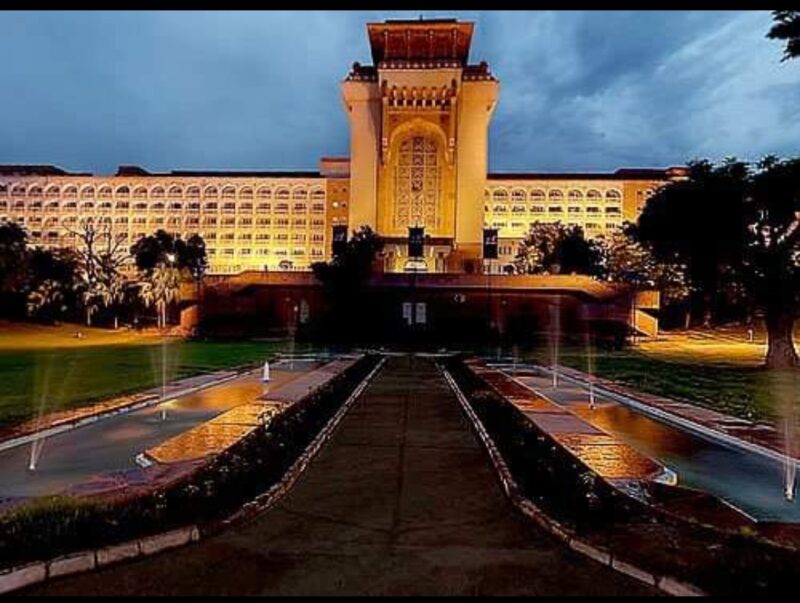
Of course, it was a challenge for Doctor to create a world-class hotel on the 25 acres of space. Those were the days when the entire Chankayapuri area was a jungle with thick bushes all around. Foreign missions of different countries started to get land from the late 1950s.
Undeterred, the Parsi architect Doctor created a masterpiece in a very quick time. Impressed with the work of the likes of Edwin Lutyens and Harbert Baker, Doctor had given space to jharokhas and jaali-work in Ashok Hotel. He also created a massive pillar-less convention hall, 550 guest rooms and landscaped gardens.
It is said that Pt Nehru used to closely watch the building process of it. He personally suggested the plants, flowers and trees that should be planted.
On his recommendation, some mango trees were also planted though Gulmohar trees are in abundance there.
It is surprising that despite designing wonderful buildings, neither Doctor nor Gehlote got another chance to design other buildings in the national capital.
Prior to Ashok Hotel, the Capital had The Imperial, Janpath and Hotel Oberoi Maidens, Civil Lines only. Once Ashok Hotel came up, it became the favourite place for hosting Presidents, Prime Ministers and great revolutionaries.
On his only trip to Delhi in 1959, Che Guevara was a guest at Ashok Hotel. Cuban president Fidel Castro too stayed here in 1983 while attending the NAM.
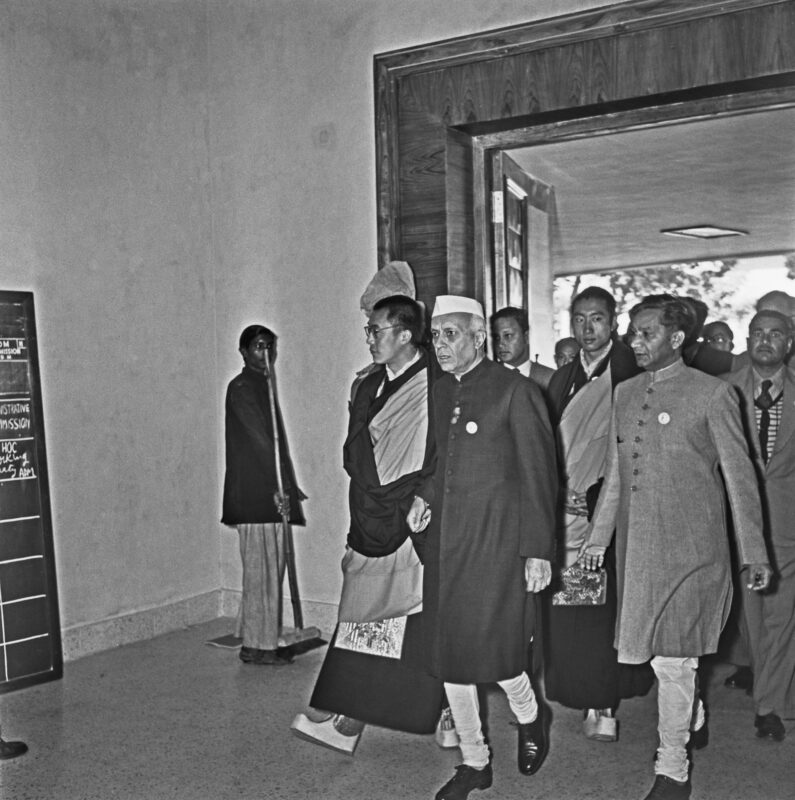
Aroon Kumar, a veteran Delhi-based journalist who was covering the Non-Aligned Movement summit, recalls, “When Castro was there, the security had three Castro lookalikes at the hotel to confuse potential attackers. Even the then Pakistan President Zia-ul-Haq was staying there and he even managed to find time to visit his alma-mater, St Stephen’s College.
Kumar adds, “The burly Velupillai Prabhakaran of the Tamil Tigers in Sri Lanka checked in here on July 28, 1987. He was in Delhi to meet the then Prime Minister Rajeev Gandhi. In 1970s, Dhirubhai Ambani used to stay at Ashok Hotel and always ensured that he got a room facing lush green Nehru Park.”
Those were the early days of Ambani’s mind-boggling journey in the world of business. It is a different matter that now his family has a major stake in Oberoi hotels too.
The G20 leaders would be staying in ITC Maurya Hotel, Taj Mahal Hotel and other luxury hotels. It is most likely that Joe Biden will stay at the ultra-luxurious, the Chanakya Suite of ITC Maurya Hotel. The suite is 4,600 square feet in size and is priced at a whopping Rs 8 lakh per night.
Biden will be the 4th US president to stay at the ITC Maurya in recent past. US Presidents Barack Obama, Bill Clinton and George W Bush had also stayed there.
Russian president Vladimir Putin had also stayed at ITC Maurya in the past.
So, there is every possibility that Biden and Putin would be staying under one roof. Putin had stayed there in 2014 and then in 2018.
Where would Chinese President Xi Jinping stay during the summit? In 2014, when he was in Delhi at the invitation of Prime Minister Narendra Modi, he stayed at Hotel Taj Mahal, Man Singh Road.
Very large number of Tibetans staged a vociferous protest there. Protesters carrying placards that read “Freedom is my birth right”, “Freedom of Tibet, Security of India” raised anti-China slogans. Some Tibetans also tried to enter the premises of the hotel, but police managed to prevent them from doing so. Surely, the security of Chinese leader would be a matter of concern for the security agencies as the Tibetans always protest when any Chinese leader visits Delhi.
Such hiccups apart, New Delhi is all geared up to host a very important G20 Summit and Prime Minister Narendra Modi is himself monitoring the preparations. Surely, we would see a brand new New Delhi that would mesmerise heads of the states as well as the delegates attending the summit.

